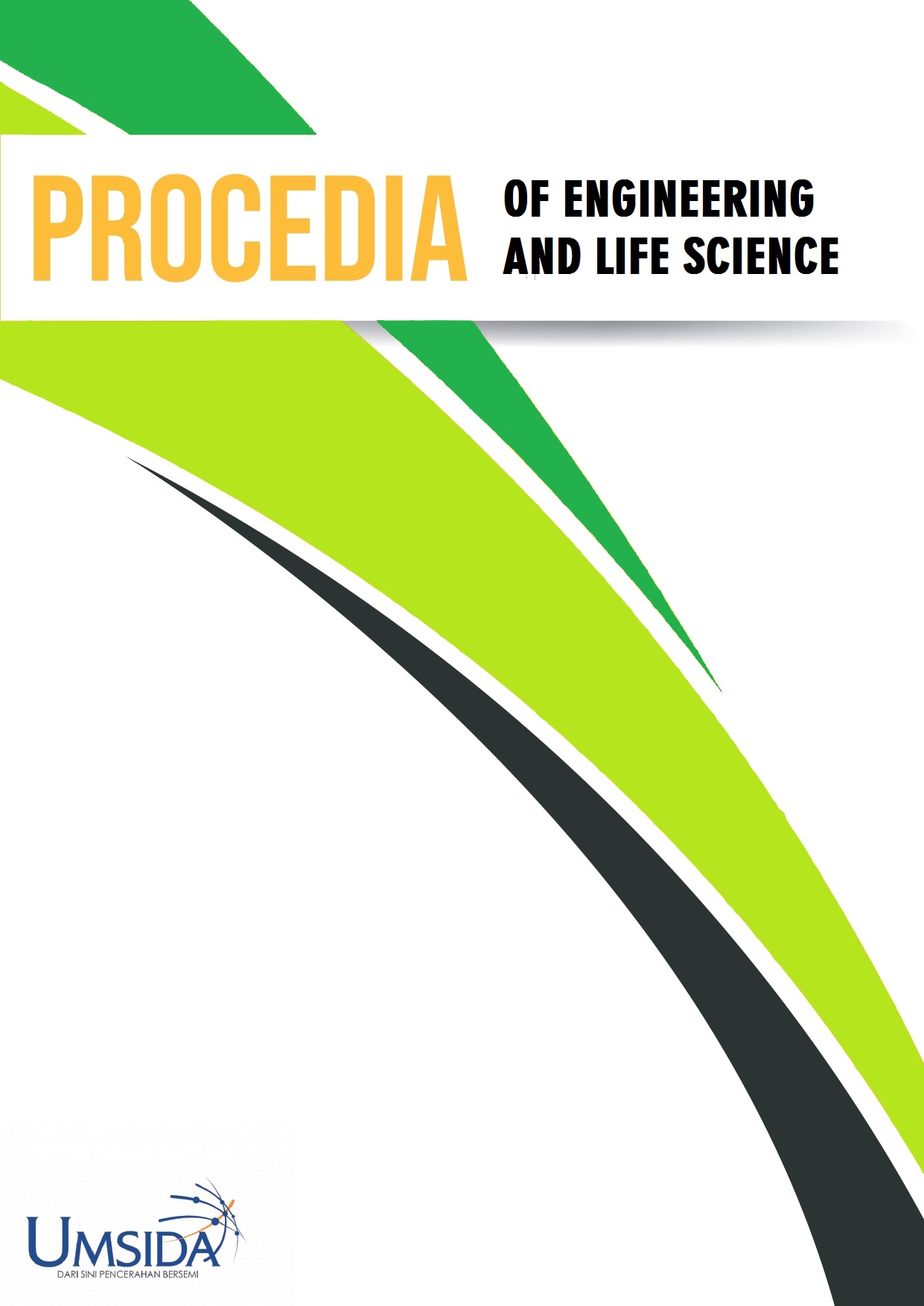Implementation of a Web-Based Zakat Impact Assessment System (Case Study: Berau District National Amil Zakat Agency) Implementasi Sistem Kaji Dampak Zakat Berbasis Web (Studi Kasus : Badan Amil Zakat Nasional Kabupaten Berau)
Main Article Content
Abstract
The National Zakat Agency (BAZNAS) of Berau Regency is a non-structural government institution that manages zakat nationally and was established by the Ministry of Religion in accordance with the Indonesian Presidential Decree No. 8/2001. BAZNAS has the duty and function of collecting and distributing zakat, infaq and alms at the national level. KDZ system is a web-based system managed by BAZNAS which is a component that is interconnected with each other with the function and ability to collect, process, store and convey information to assess the impact of zakat on mustahiqs who receive zakat distribution in the hope that it can reduce the level of poverty in the State of Indonesia. This research was conducted with the aim of analyzing the impact of zakat on mustahiq household income, mustahiq spirituality, and mustahiq household conditions. Data collection in this study used 1 method, namely interviews, with the results of the study showing that BAZNAS Berau District had implemented the KDZ system well.
Downloads
Article Details
References
[2] D. W. Ningrum and L. Nulhakim, “Sistem Informasi Pengelolaan Zakat Berbasis Web Pada Lembaga Amil Zakat ( LAZ ) Yayasan Masyarakat Muslim Freeport Indonesia,” no. 2, pp. 72–78, 2020.
[3] S. N. dan S. Andang, “Implementation of Web-Based Information Technology in the Amil Zakat National Agency (Baznas),” J. Chem. Inf. Model., vol. 53, no. 9, pp. 1689–1699, 2019.
[4] A. H. Nasution, K. Nisa, M. Zakariah, and M. A. Zakariah, “Kajian Strategi Zakat, Infaq Dan Shadaqah Dalam Pemberdayaan Umat,” J. Ekon. Bisnis Syariah, vol. 1, no. 1, pp. 22–37, 2018, doi: 10.5281/zenodo.1148842.
[5] I. Mubarokah, I. S. Beik, and T. Irawan, “Dampak Zakat terhadap Kemiskinan dan Kesejahteraan Mustahik (Kasus : BAZNAS Provinsi Jawa Tengah),” Al-Muzara’ah, vol. 5, no. 1, pp. 37–50, 2018, doi: 10.29244/jam.5.1.37-50.
[6] ت. و. قلخاني منوچهر, حيراني علي, “No Titleمقايسه اثر ترکيب هاي مختلف تمرين بدني، مشاهده اي و تصويرسازي بر يادداري فوري و تاخيري مهارت سرويس بلند بدمينتون،رشد ویادگیری حرکتی–ورزشی,” no. 23, p. شماره 8; ص 99-117, 1390.
[7] Z. Noeralamsyah, D. Hafidhuddin, and I. Beik, “Analisis Pengelolaan Zakat Di Indonesia Berdasarkan Undang-Undang Nomor 23 Tahun 2011,” Kasaba J. Ekon. Islam, vol. 10, no. 2, pp. 151–175, 2019.
[8] P. Minister, “Official News,” no. November, pp. 3–4, 2017.
[9] S. Wasistiono, E. Indrayani, and A. Pitono, Document Title/, no. March. 2020.
[10] U. C. D. T. Ucd and A. Col, “No 主観的健康感を中心とした在宅高齢者における 健康関連指標に関する共分散構造分析Title,” vol. 9, no. 2, pp. 13–14, 2017.




